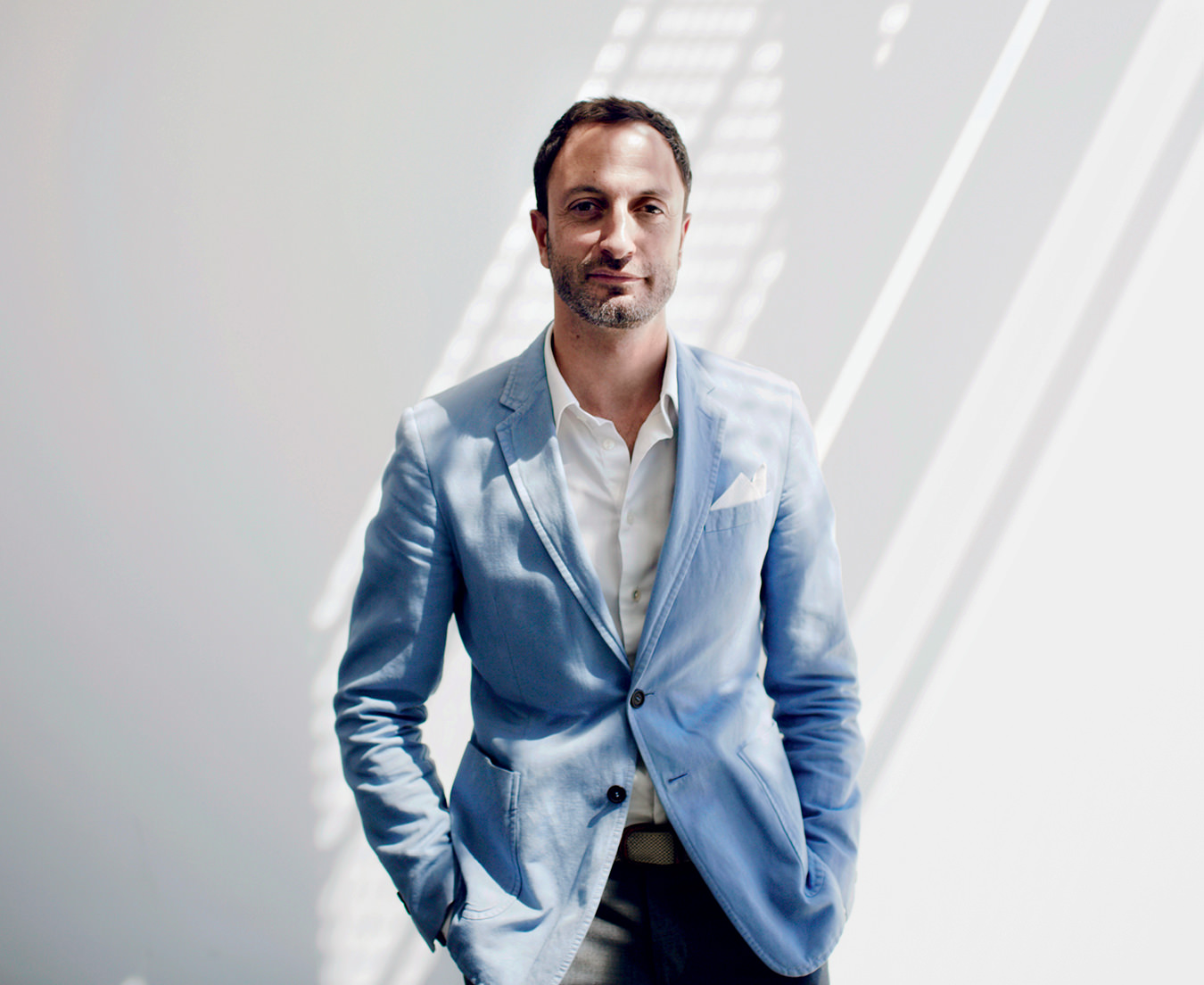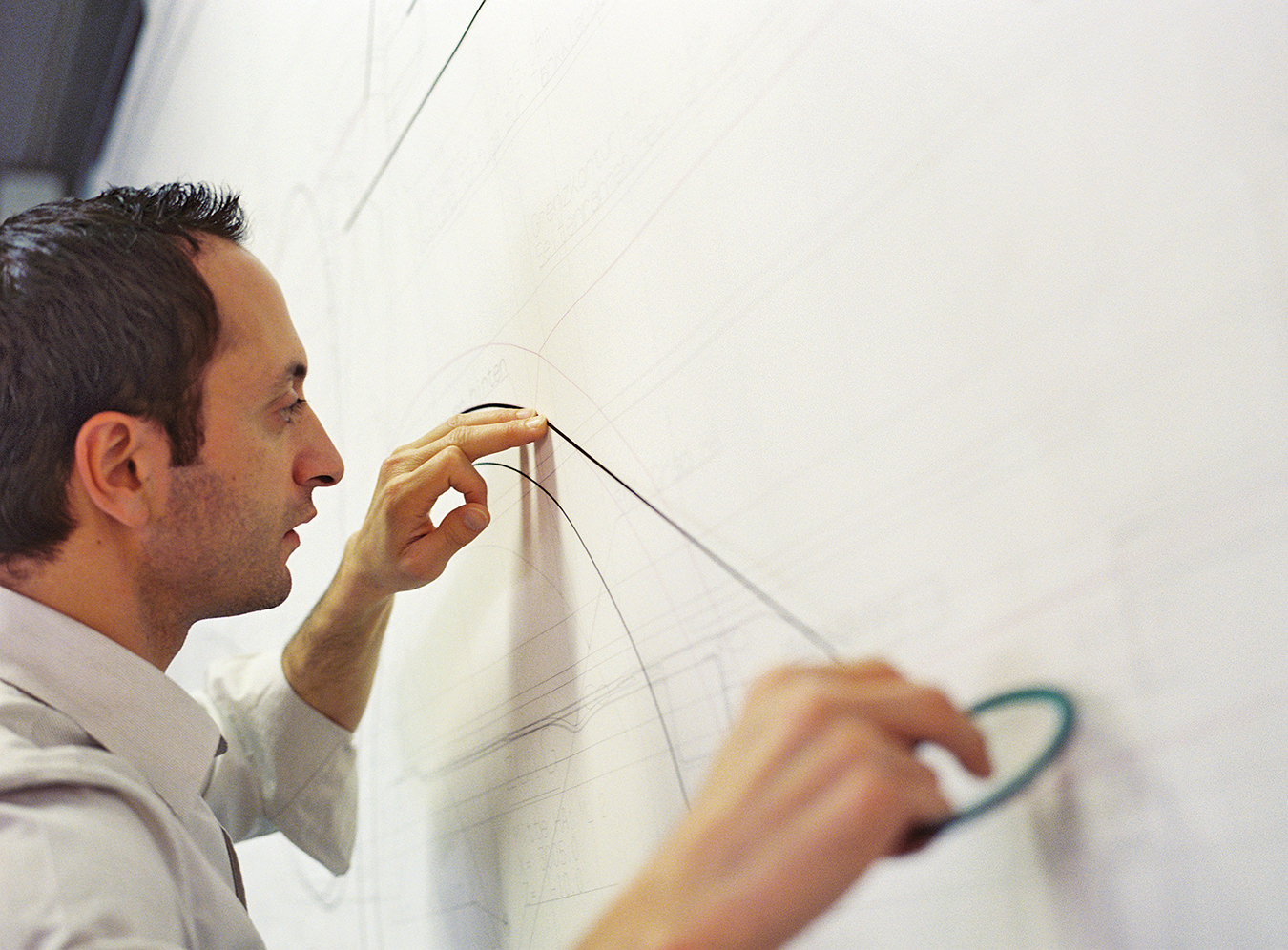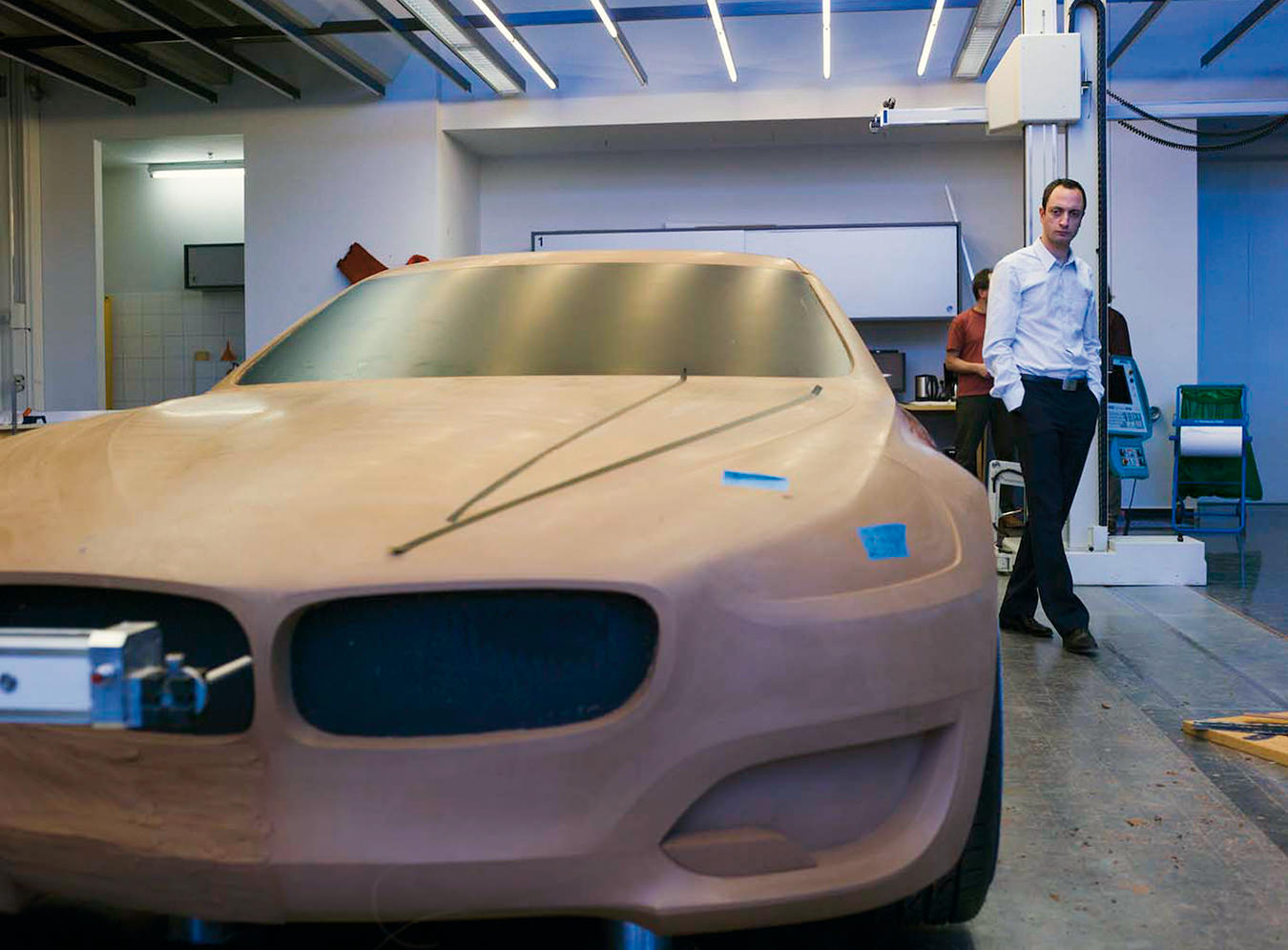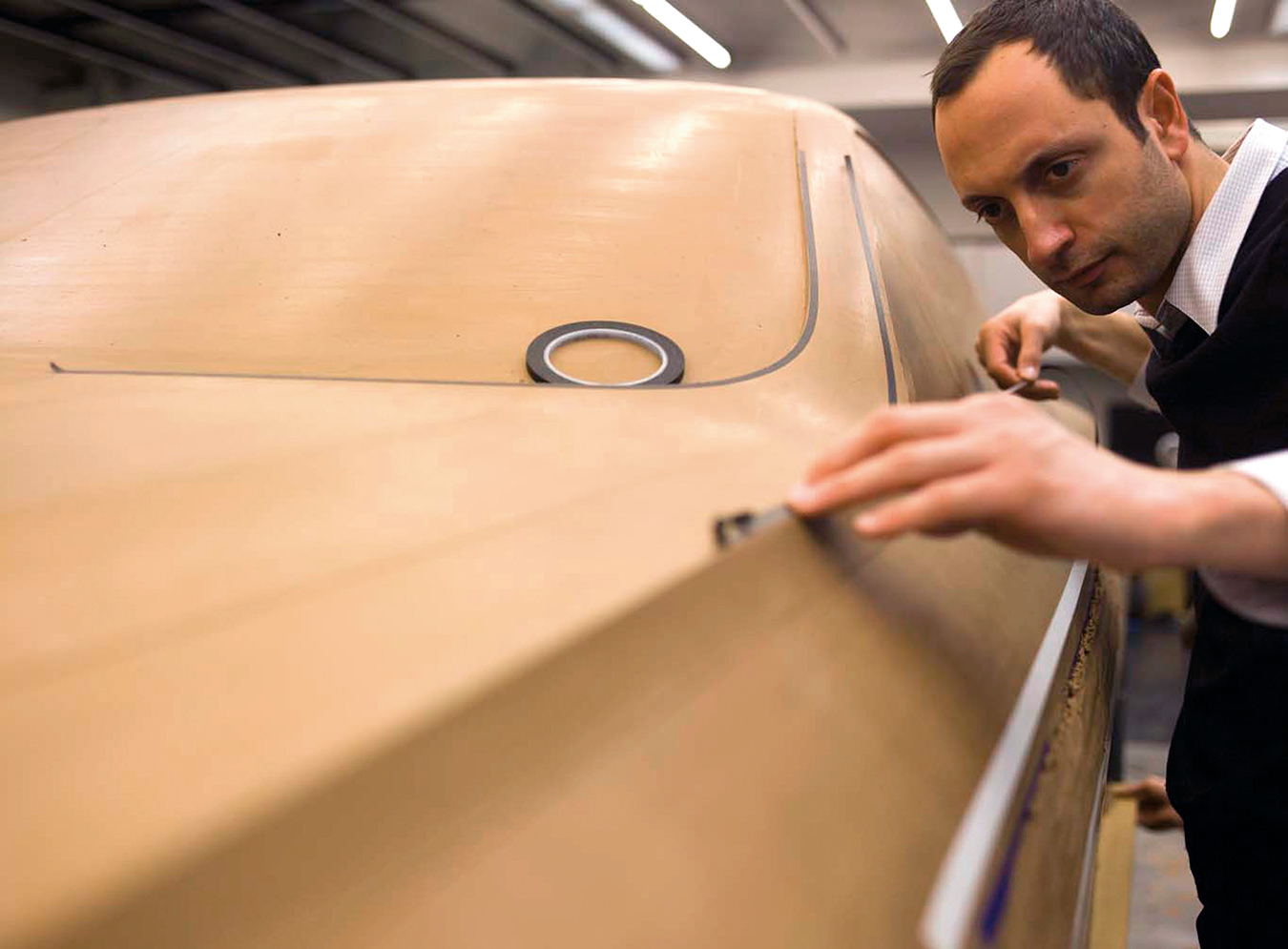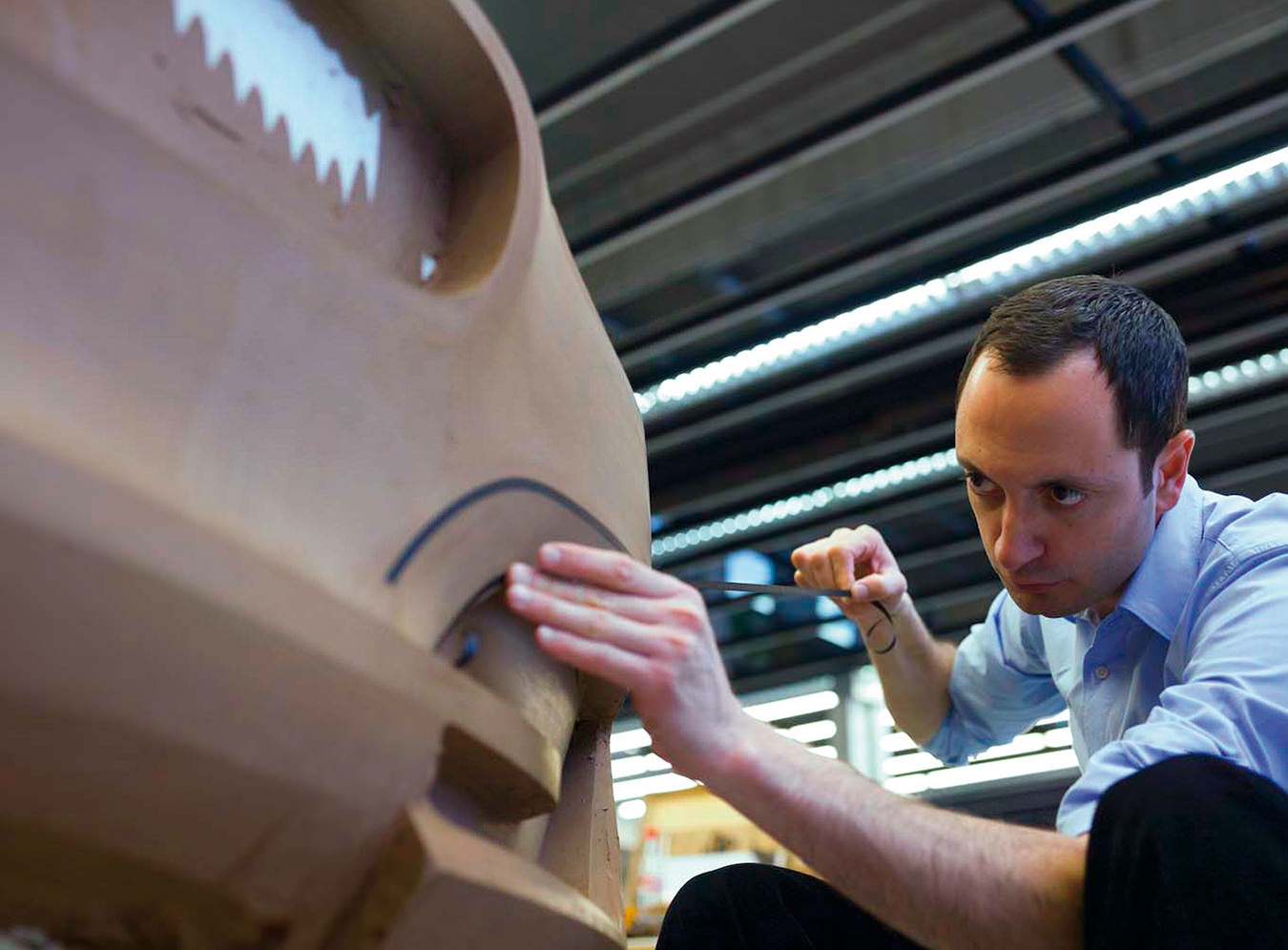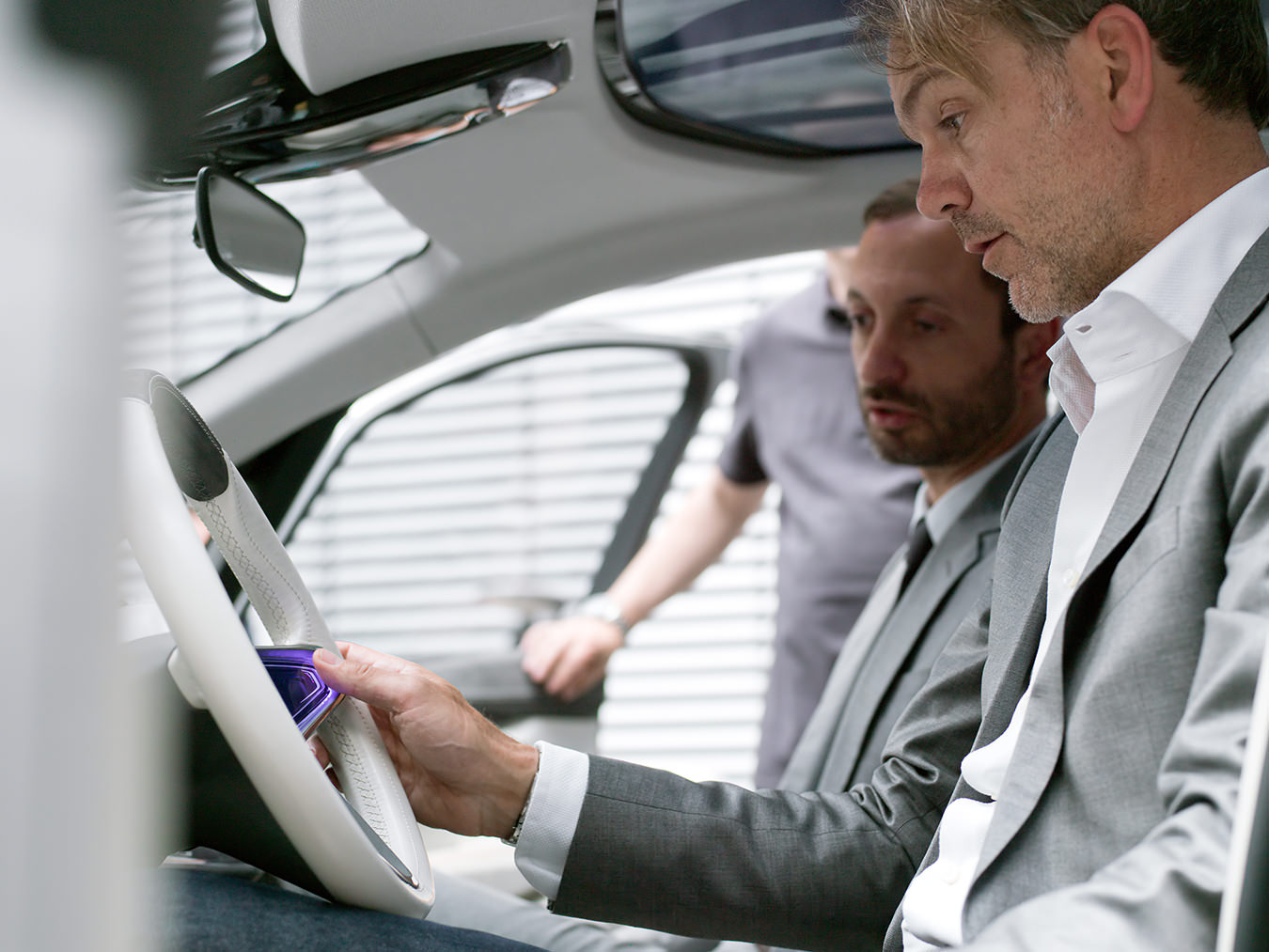If ever there were a James Bond-style film set in the top-secret world of automotive design, Karim Habib would be one of the stars. He wouldn’t be the Bond character, though; he wouldn’t be the master villain, either. No, if the head of exterior design BMW were cast in a spy-like movie, he would be Felix Leiter, the CIA operative who steps out of the shadows at the most opportune times, bringing with him an abundance of insight and no small amount of savoir faire.
Of course, my impressions of the man may be distorted primarily because I run into him every two years or so in some exotic locale. Walking across the tarmac at Charles de Gaulle Airport to catch a charter flight to Dresden. Sipping espresso at the BMW stand at Auto Shanghai. At the hotel bar at the Mandarin Oriental, Las Vegas.
Habib’s own background is a combination of the artistic and the automotive: “Cars and design were almost two separate pursuits. My mom always pushed us to art.” Born in Lebanon in 1970, Habib moved to Montreal with his family at an early age and spent his formative years in the city. Before figuring out that car design was a legitimate pursuit, he studied mechanical engineering at McGill University. “The last project I worked on was a mechanical puppet for a children’s hospital in Montreal—the kids were terrified of it.”
After securing his degree at McGill, Habib moved on to the Art Center College of Design in Switzerland, with a side trip to the California campus, for his post-graduate studies. During his experience there, Habib had the chance to work on a project with a visiting designer from BMW Group and he impressed—the Munich-based manufacturer hired him right out of university in 1998. He began working on interiors, segued to exteriors (including the BMW 7 Series), left the company for Mercedes-Benz, then returned in 2011 to oversee design for the brand.
Automobile design is very much a collaborative process and Habib now sees his role as being more of a coach than a star player. But when prompted on which of his designs is the most compelling, he answers without hesitation: “The BMW CS Concept.” This stunning grand coupe-style sedan was a hit on the auto show circuit in 2007-08 and was to be produced until the global economic downturn stepped in the way. “To see the vision for this car realized was such a rewarding thing and that’s what stays with me. The process behind its development was very quick—just eight months. Of course, it would have been great to see [the CS] on the road, but there were other priorities at the company.”
The i sub-brand, devoted to electrified vehicles, has been a particularly resource-intensive venture. Still, the keen eye can see where the BMW 6 Series Gran Coupe, released in 2012, took its inspiration. Other vehicles in the current BMW fleet—the 2 Series and the 4 Series, in particular—have also been influenced by Habib’s approach, by his ability to show respect for tradition without descending into retrospection. In speaking about the BMW M235i in Las Vegas, he mentions how they were inspired by the BMW 2002, a sporty compact coupe that pre-dated the ubiquitous 3 Series and, in many ways, set the stage for BMW becoming known as a performance brand.
But the casual observer would scarcely be able to draw the same comparisons between the new car and its predecessor; the character lines and angles Habib speaks of are subtle to the point of being subliminal. “It’s really about finding the edges of the framework that is BMW,” he says. The information he shares is there for all to see, but only if you have the eye for it.
The combination of aesthetic sensibility and a background in engineering have yielded a car designer who is very much a problem-solver. This is precisely what a global automotive powerhouse such as BMW needs right now because their world is fraught with problems: How to make cars more eco-friendly and more fuel-efficient? How to make them safer yet lighter? How to use fewer resources during the production process? And, at the same time, how to ensure more sheer driving pleasure?
As Habib is most definitely an inherent problem-solver, one would assume that he comes standard with a cynical take on the world, a built-in belief that there is an overwhelming set of problems in need of solving, and perhaps a vague sense that “things” were, somehow, better, before than they are today. But this is not the case—instead, he believes in the inventiveness of man and in the notion that somebody will come up with a good idea. “Look at architecture,” he suggests. “It becomes more and more impressive all the time, despite environmental requirements, despite space limitations, despite restrictions like where to put the fire escape—this amazes me.”
Karim Habib is most certainly an enigma, then. In a world full of oversized egos, his seems to be of the normal-sized variety. In a world full of copycat design, he has forged his own path and encourages his designers to do the same. In a world full of cynical observation, his focus is on possibility. But until we meet next—on a desert stretch outside Marrakech or in an airport lounge in Geneva or on a ski hill in Whistler—he will always be Felix Leiter to me.
Photos ©BMW AG.

